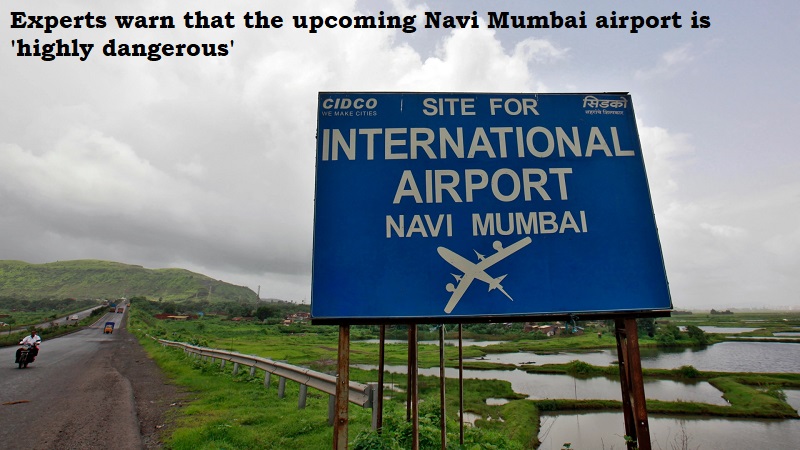
The Navi Mumbai International Airport, also known as D B Patil International Airport, is set to become operational in late 2024 and will be capable of handling close to 20 million passengers annually. Upon completion in 2032, it will be able to cater to around 90 million passengers each year. The airport is located in Navi Mumbai, chosen for its proximity to Mumbai’s financial capital and international port facilities.
However, the project poses a risk to air safety due to its proximity to bird habitats, including the Karnala Bird Sanctuary and nearby mangroves, mudflats and wetlands, which attract over 200 species of birds. Some aviation experts and activists warn that the airport’s proximity to these natural sites makes it ‘highly dangerous’ for bird strikes.
The destruction of the birds’ natural habitats increases the likelihood of birds straying onto airport land. Environmentalists have written to multiple authorities about the issue but have yet to receive a reply.
The coordinating body for the airport project, the City and Industrial Development Corporation (CIDCO), appointed the Bombay Natural History Society (BNHS) over a decade ago to conduct a detailed study of the issue. BNHS identified five key wetlands in the area, and reports by the organization highlighted the importance of preserving these wetlands to prevent birds from interfering with the flight path of the aircraft or the runway. An environmental impact assessment by Vimta Labs for the Adani group, which will operate the airport, also stressed the importance of preserving the current state of wetlands and protected areas to ensure air safety.
Despite the pleas of environmental activists, the Navi Mumbai International Airport Limited (NMIAL) continues with construction, claiming that they are developing new roosting sites for the birds away from the airport to keep them away from the site. The spokesperson for NMIAL also dismissed concerns that the airport site could be prone to bird strikes.
However, environmental advocacy groups warn that migratory birds have high site fidelity and that preserving the wetlands is essential to ensure that the birds do not venture into the airport area. Environmental activists argue that there are better sites for the airport, including a 728-hectare (1,800-acre) site near Kalyan city developed as an airstrip by the British during World War II.

Post Your Comments